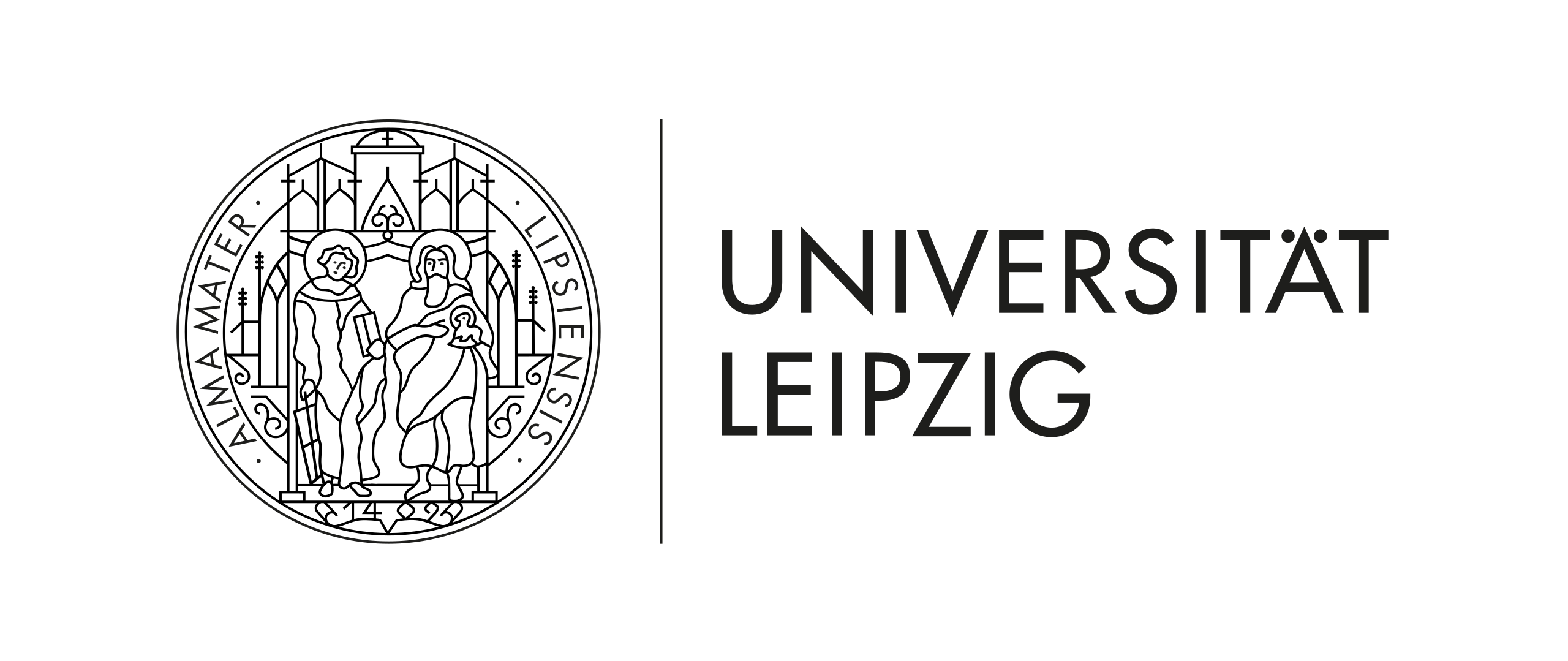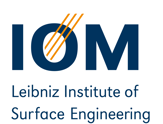Title: Recycling plastic and developing hybrid living materials by capturing greenhouse gases to produce value-added products
Acronym: REPLACER
The overall aim of the REPLACER project is to design and develop high-performance biobased materials such as hybrid living materials (HLMs) that effectively capture greenhouse gases (GHGs) such as carbon dioxide and methane while producing microbial proteins as a value-added feed product. Three ambitious research objectives will ensure the design of highly functional, robust, cost-effective, and scalable HLMs:
1) Develop a new closed-loop research platform of design-build-test-learn (DBTL) that combines material recycling and processing, synthetic microbial consortia by capturing GHGs, cross-cutting analytics, and using modelling and artificial intelligence strategies for building novel HLMs. Such a platform will enable material design with tailored properties for effectively building microbial consortia, grant predictive power, and deliver actionable knowledge for the successful development of HLMs.
Conventional materials can acquire unique properties such as self-healing, regeneration, adaptation, longevity, and sustainability by embedding them with living cells to create novel and advanced systems with potential applications in chemistry, energy, health, and the environment. Yet, pushing applications of such living materials (or HLMs) from concept to market has been hampered by a lack of the ability to optimize systems in design and function for broad applicability.4 The emergence of new materials and microstructure design concepts for tailored properties that allow microbial consortia to be assembled for desired applications, as well as new real-time analytics coupled with machine-learning methods, puts us now in a place to develop disruptive new approaches to HLM engineering. REPLACER combines these new approaches and adopts an iterative Design–Build–Test–Learn (DBTL) cycle—a loop
employed recursively to evolve research and technology development processes for obtaining advanced HLMs.
Expected result: REPLACER will generate the essential Design-Build-Test-Learn (DBTL) platform to deploy a closed-loop design principle and efficiently guide the HLM development process. With this approach, REPLACER stimulates a more rapid “concept-to-market.”
2) Develop high-performance HLMs for scrubbing GHGs and producing biomass as a feed (microbial proteins) using the iterative DBTL cycle. Capturing and sequestering CO2 and CH4 is one of the most promising technologies to reduce GHGs and stabilize the planet from the catastrophic consequences of climate change. However, the amount of energy necessary to capture these gases is a significant barrier that makes the process costly. Novel energy-efficient, scalable, and cost-effective technologies to capture GHGs will result in a new and massive global industry. In the REPLACER project, HLMs will be developed using the DBTL platform by carefully selecting microbes for evolving microbial biofilm consortia that effectively capture GHGs and solar radiation while producing value-added biomass as a feed product. To yield this functionality, artificial intelligence-supported microbial biofilm modelling will be used to predict the spatio-temporal biofilm growth and development for steering microbial consortia towards efficient biomass production.
Expected result: The REPLACER project will develop and present HLMs as an energy-efficient and cost-effective solution to capture and mitigate GHGs sustainably.
3) Design HLM-bioreactor prototypes and demonstrate the feasibility of the developed microbial protein process using environmental and economic assessments and address social and ethical issues by applying responsible research and innovation (RRI) techniques. Successful scale-up of HLMs to obtain desired performance is one of the most crucial steps for transferring technology. REPLACER will enable a scale-out approach using a numbering-up concept to demonstrate HLM prototypes. In addition, scaling HLM-bioreactor prototype developments will undergo early-stage LCA to quantify HLMs from the environmental sustainability perspective, estimate environmental impacts arising from the capture and use of GHG emissions, and the economic feasibility of the developed microbial protein production process.
Expected result: Development of prototypes that justifies scaling of HLMs (TRL 4−5).
Funding programme: M-ERA-NET 2022

Project duration:
36 months (01/06/2023 - 31/05/2026)
Budget:
- Total budget: 1.5M€
- Holisun budget: 281k€
Steps and reports:
- Analysis of the design requirements and the implementation data from the partners -
- Development of the REPLACER platform -
- Testing the REPLACER platform 06/12/2025 - 05/12/2026
- Validation of the REPLACER platform 06/12/2026 - 31/03/2027
Partners:








